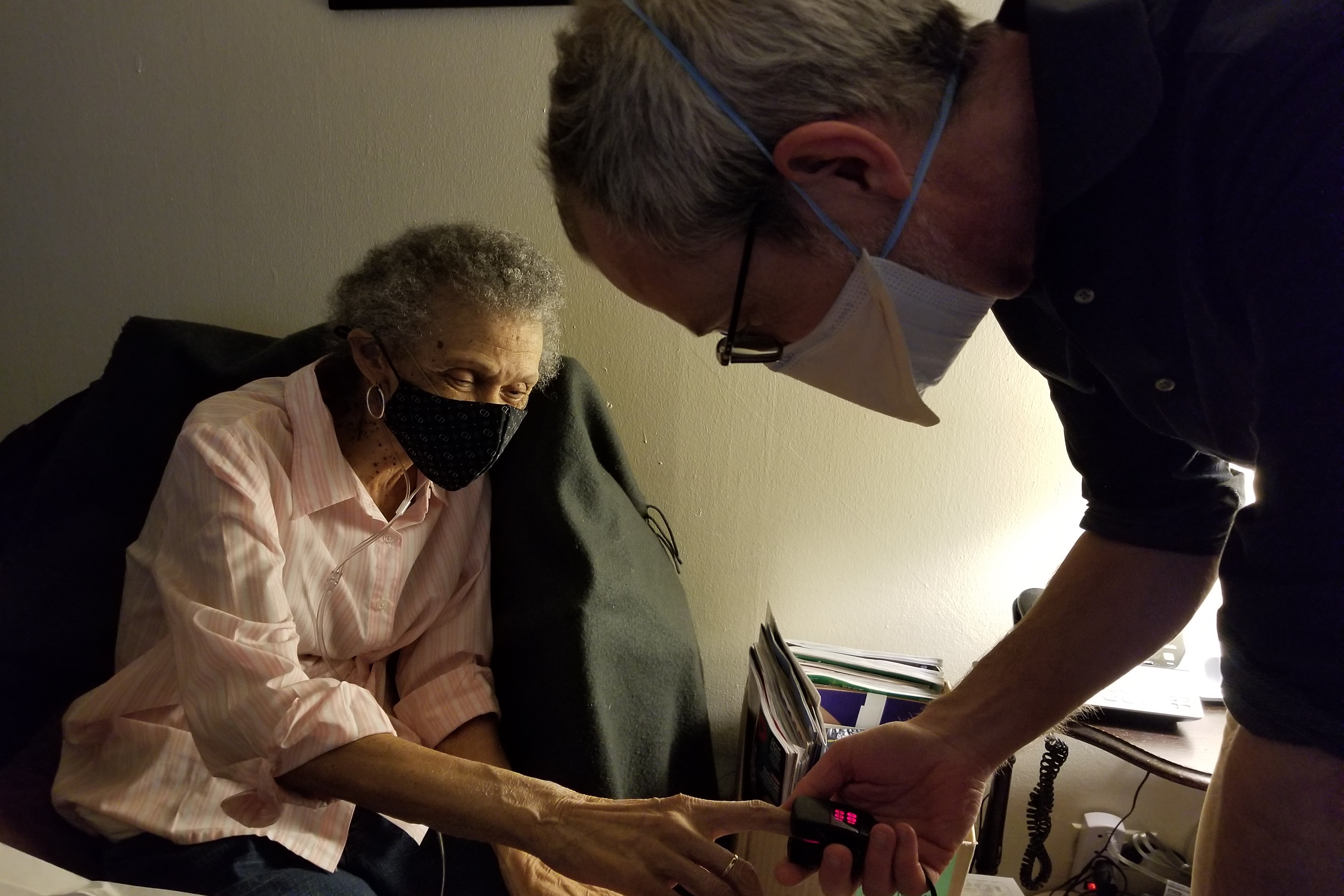What do athlete’s foot, jock itch and ringworm have in common? Well, none of them are caused by a worm. In fact, athlete’s foot and jock itch are actually two forms of ringworm, named for where they’re found and who they often affect. Ringworm itself isn’t named for its cause, but its most common symptom: Circular rashes with raised, worm-like borders.
Ringworm infections are common and contagious, but they’re usually treatable. We’ll break down what ringworm is, what symptoms look like on different parts of the body, treatment options and how to prevent it.
So if it’s not about worms, what is ringworm?
Ringworm is a common skin infection that’s caused by fungi, mainly from the Trichophyton family. Kids are more likely to catch ringworm than adults based on the environments where they spend time, but adults can often be symptomless carriers.
How you get ringworm
Ringworm can be spread through direct skin contact with an infected person or animal, as well as through touching shared objects or surfaces. This is partly why some types of ringworm have names like athlete’s foot and jock itch – ringworm can easily be picked up in environments like locker rooms where people are in close contact with exposed skin, dirty clothes and shared surfaces.
Ringworm symptoms: What it looks like and where it can show up
Ringworm symptoms can vary depending on where it’s found on your body. It’s important to note that no matter where ringworm first appears, it can spread to any part of the body you touch if you don’t thoroughly wash your hands after touching an infected area. Ringworm symptoms typically appear within two weeks of exposure.
What the ringworm rash looks like
Ringworm usually (but not always) causes a telltale itchy skin rash. The rash is typically circular with a raised border that can look like a worm, or the tunnels caused by scabies.
Generally, the rash starts small and grows outward. As it grows, the skin in the center of the rash may begin to return to a more normal appearance. The rash may be red or pink on lighter skin, and brown or gray on darker skin.
Symptoms of ringworm on feet (athlete’s foot)
On feet, ringworm tends to affect the soles and the skin between the toes. The skin in these areas may not develop the distinctive ring-shaped rash, but it may instead become scaly, peel or crack, or suddenly develop blisters. There may be an itching or burning sensation between the toes or on the soles, and the skin between the toes may soften and eventually start to break down.
Symptoms of ringworm in the groin (jock itch)
Ringworm in the groin tends to look more like the typical rash, but the ring shape may not be present due to the location. Ringworm in this area tends to start where the leg meets the body, before spreading to the inner thighs, waist and buttocks.
Symptoms of ringworm in nails
In some cases, ringworm can affect fingernails or toenails. Toenails are more likely to get infected as a result of untreated athlete’s foot. When ringworm infects a nail, the first sign is that the tissue underneath the nail starts to thicken. Eventually, the nail begins to discolor, thicken and separate from the tissue underneath it. From there, the nail begins to break down.
Symptoms of ringworm in the scalp or beard
It’s possible for ringworm to develop on the head. Scalp ringworm is particularly common in kids, and it can spread from the scalp to the cheeks and chin. In adults, ringworm can develop in the beard, but this is considered uncommon.
In many cases, the telltale itchy, scaly rash is even more obvious in these areas, as it creates patches of baldness or stubble. Skin may flake off like dandruff, and the scalp may become swollen or tender.
Does ringworm go away on its own?
It’s possible for ringworm to go away on its own, but this can take anywhere from weeks to months. Ringworm remains contagious for as long as the rash is present, and leaving it untreated gives it the chance to become more serious. Talking with a doctor and starting recommended treatment is the best way to recover from ringworm and keep it from spreading.
How to treat ringworm with antifungals and careful hygiene
Step 1: Get a ringworm diagnosis from a doctor or clinician
If you or your child have a skin rash, talking with a doctor is key to successful treatment. There are a lot of common conditions that can cause similar rashes, and they aren’t all treated the same way.
A doctor or clinician can typically diagnose ringworm through a visual examination and questions about your symptoms. If needed, they’ll gently scrape a skin sample off of an affected area to test for fungus.
Step 2: Use ringworm medication as directed
For cases of ringworm that are mild and limited to skin, a doctor will typically recommend an over-the-counter antifungal cream that you apply for 3-6 weeks.
For more severe cases of ringworm or cases that involve the nails, scalp or beard, a doctor will prescribe an oral antifungal medication. If you have scalp ringworm, your doctor may also recommend that you and the rest of your household use an antifungal shampoo to make sure it doesn’t spread.
Step 3: Manage symptoms and prevent ringworm from spreading
Ringworm can be very itchy. To manage this and reduce the risk of spreading ringworm around the body through scratching, apply a cool compress to the affected area. Keep in mind that it’s important to use a clean compress every time for every part of the body.
If there are blisters, add Burow’s solution (5% aluminum subacetate) to compresses or baths to soothe the blisters and dry them out. Do not use steroid-based medications for ringworm symptoms and be sure to talk to your doctor about using any over-the-counter remedies.
Other hygiene tips for limiting the spread of ringworm and avoiding reinfection include:
- Keep your skin clean and dry
- Wash your hands thoroughly with soap and water after touching affected areas
- Do not share or reuse clothes, towels or athletic gear without washing them first
- Use footwear when walking around public gyms, pools and locker rooms
Talk to a doctor if you are seeing symptoms of ringworm or another infection
If you suspect that you have ringworm, it’s best to talk with a doctor as soon as possible. Starting treatment helps limit the spread of ringworm, reduces discomfort and keeps symptoms from becoming more serious.
The first step of treatment is getting a diagnosis. With Virtuwell, we’ve made it simpler and more affordable to get the care you need whenever you need it. The primary care doctors and expert clinicians at Virtuwell can diagnose and prescribe care for many skin conditions online, including ringworm. We’re here to help you or your child feel better, sooner.



















 English (US) ·
English (US) ·